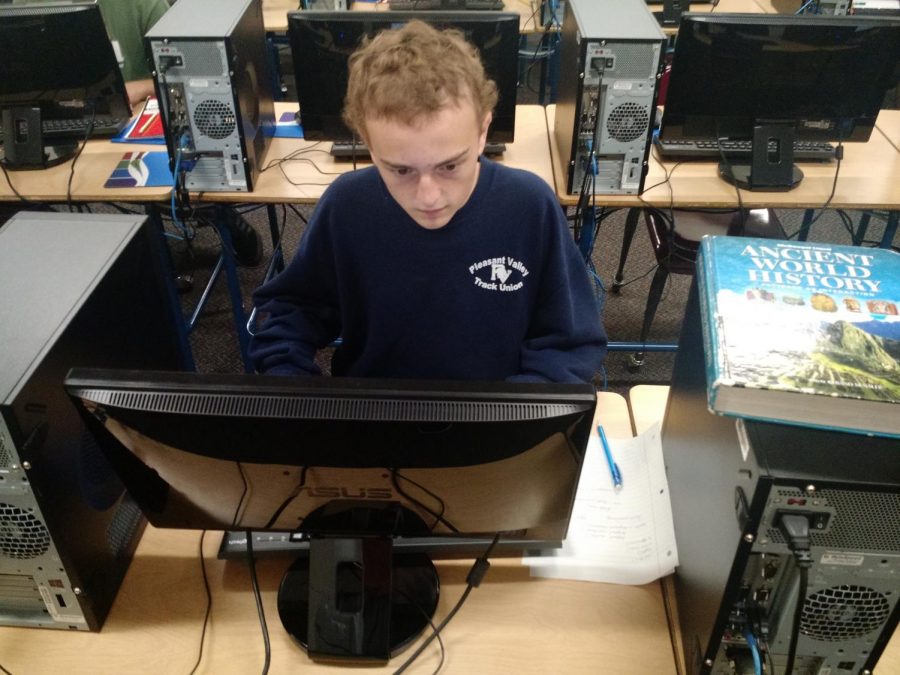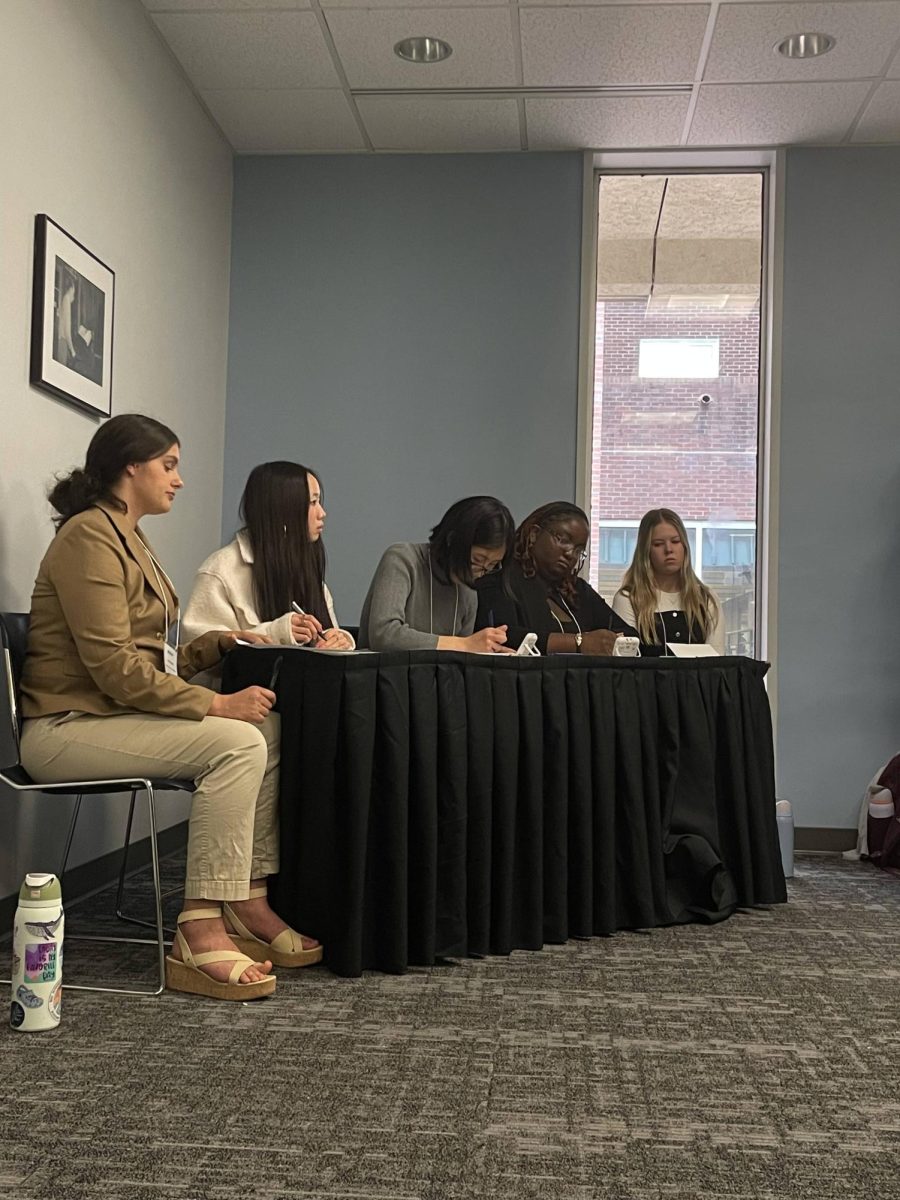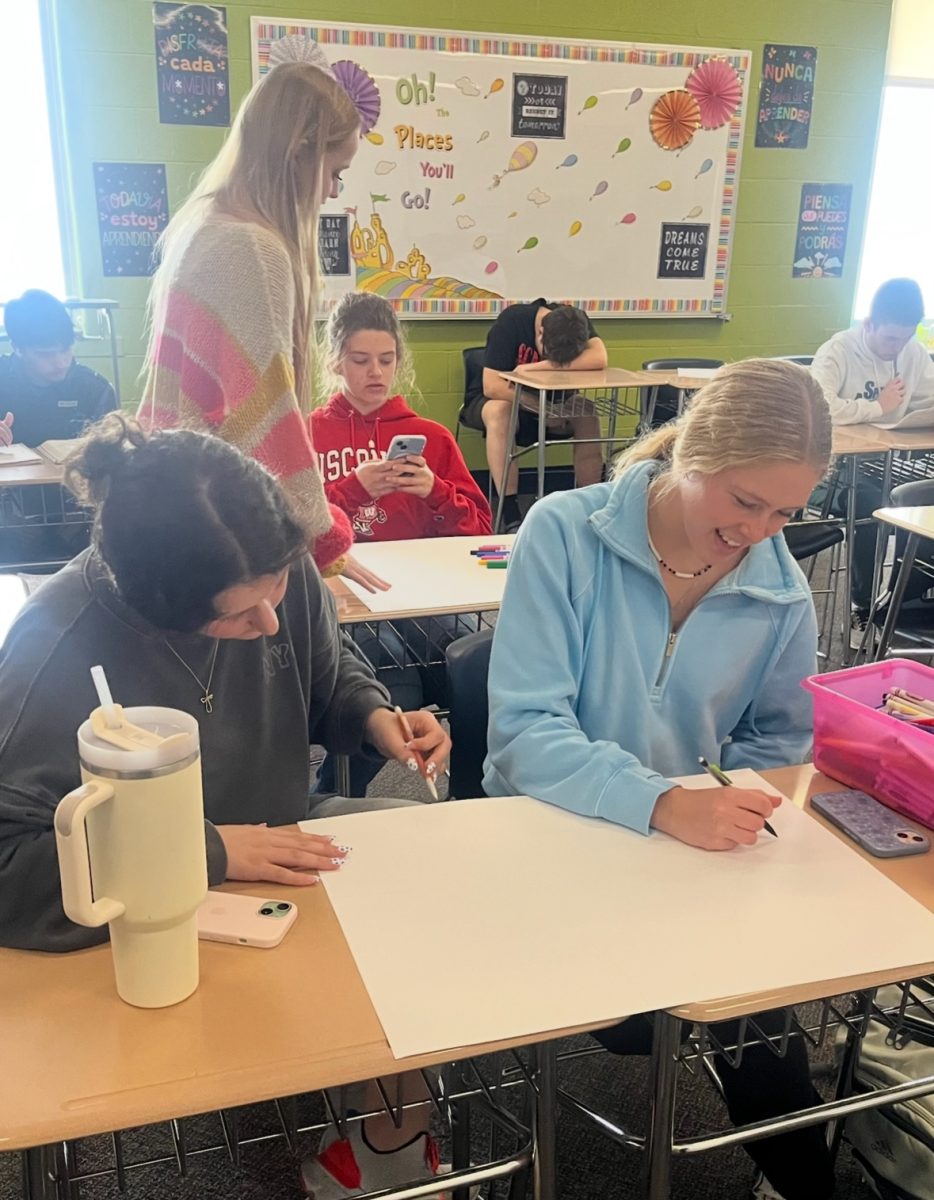Many students and teachers alike enjoy dissing the internet at Pleasant Valley, but they simply may not understand the complexity of what goes behind the scenes.
There are two filtering systems that administrators use to restrict access to certain websites, which have an interesting meshing point. Kevin Pennekamp states, “The blocking isn’t based on the wifi. It’s based on the user.” The first is the iboss system, which provides network wide security. This means that any device connected to the school’s wifi will be subject to the filters set by iboss.
The other filtering system is google permissions. This only works when someone logs onto a school computer using their google ID, which will usually happen when someone is using the school’s chromebooks. These two systems have different sites that they block, and therefore an administrator has to first figure out which system is blocking a website before unblocking it.
Jason Koch states, “The filter itself will automatically go in and try to block content if it deems it inappropriate. However, neither of these systems are perfect. Administrators can combat this by manually adding or removing filtering for certain sites. Usually, this is done when teachers email administrators with a site. However, students can also use this in order to get sites unblocked. If there is a website that should be unblocked, Pennekamp states, “Email me directly, at pennekampkevin@pleasval.k12.ia.us.” The website would then be reviewed and if it is determined an appropriate site, it will be manually whitelisted.
However, this isn’t going to solve everything, as these tools can’t distinguish between different types of content on the same website. This means that sites such as youtube will be blocked, as they have a wide range of content, some of which is not appropriate. While much of this content would be useful in school, this content has to be whitelisted one at a time, which isn’t feasible given the sheer amount of content on a site such as Youtube.
Administrators are working hard to overcome these obstacles. Google permissions, for example, has content specific filters for Youtube. These features are being tested, and if they work, all of the chromebooks in the school will be able to access Youtube. Administrators are also looking at ways to improve the network’s infrastructure, which will make the wifi less likely to slow down or go out altogether. Finally, there are plans to create a student advisory group in order to further foster collaboration.
Though internet at the school is far from perfect, administrators and students can work together to improve it.









